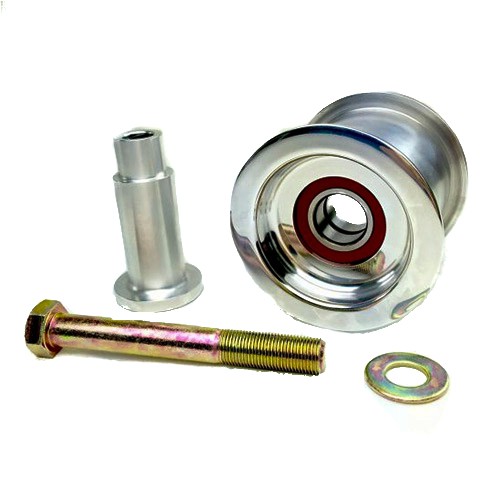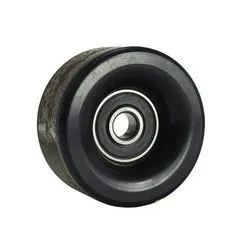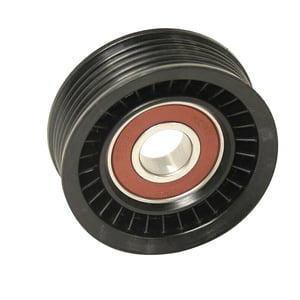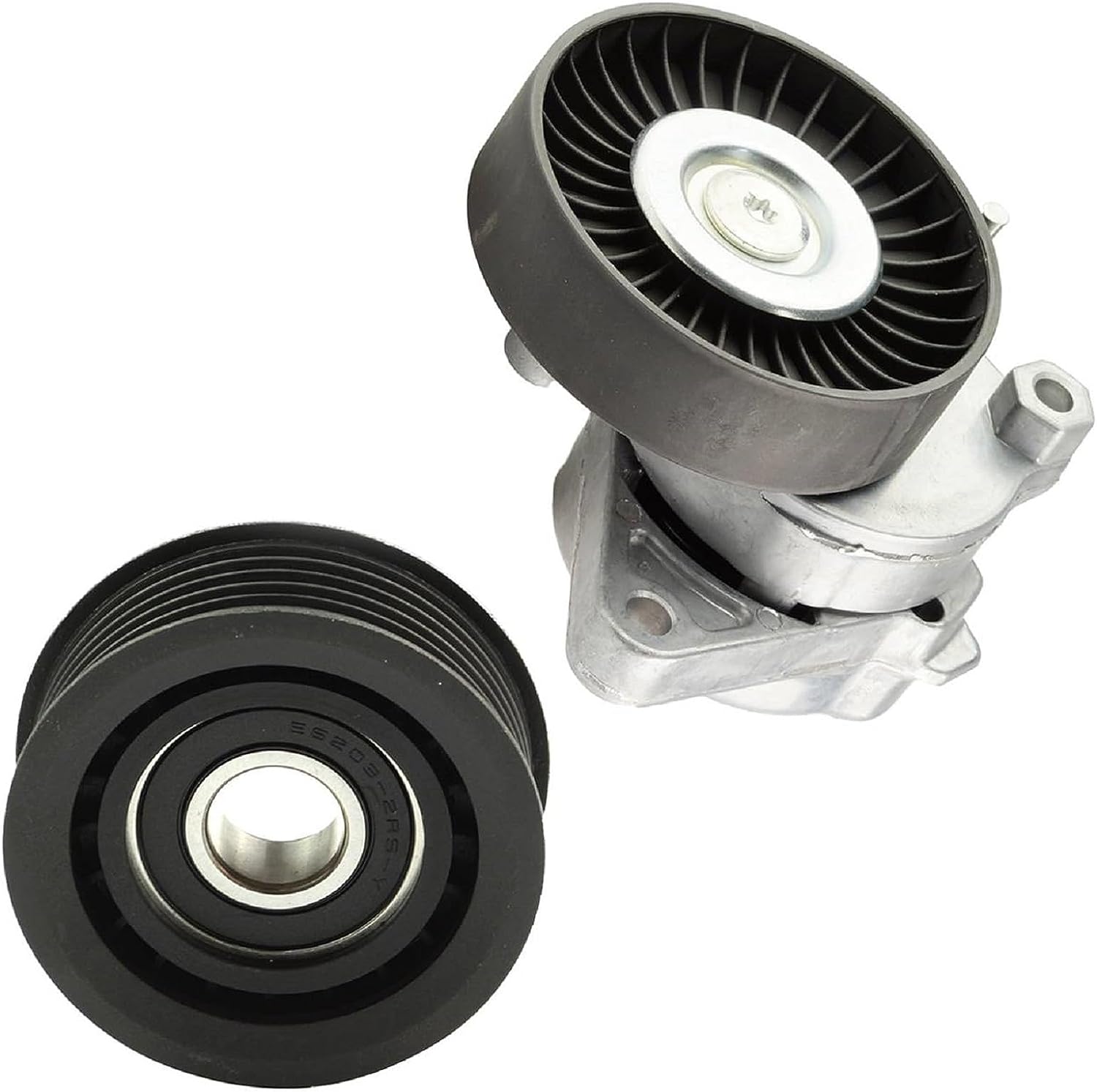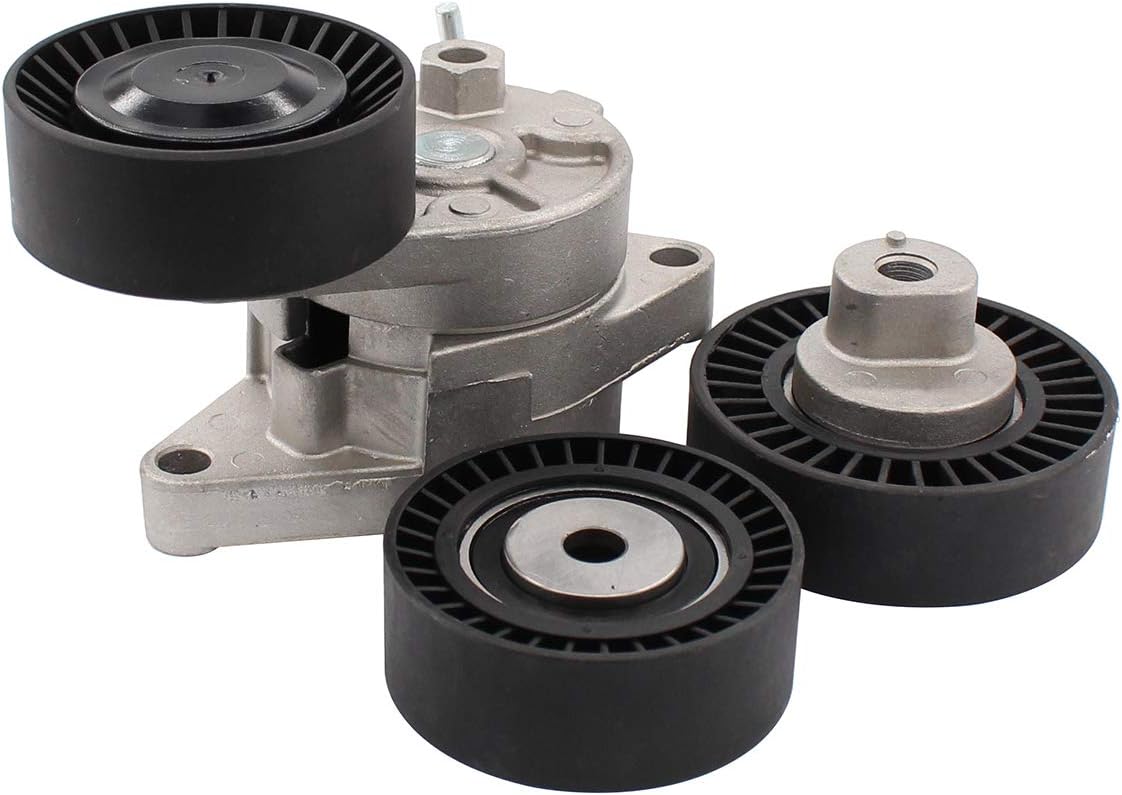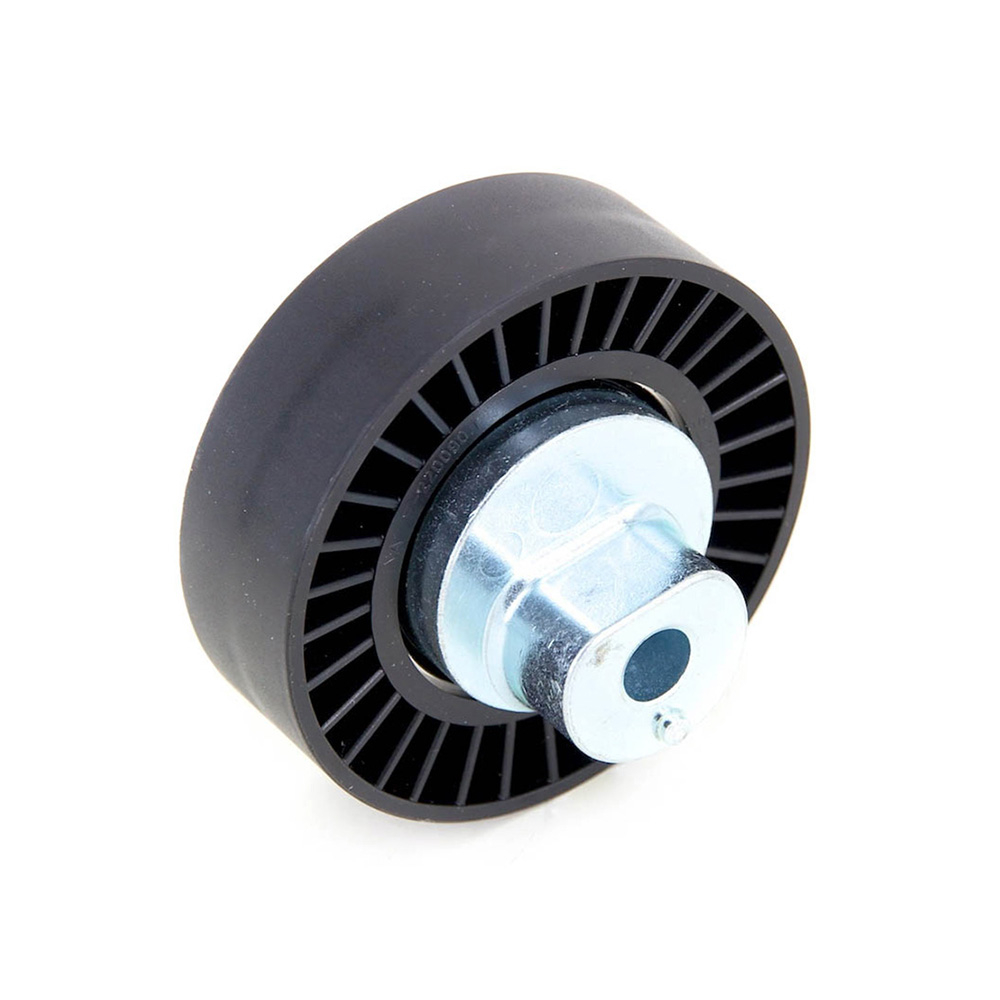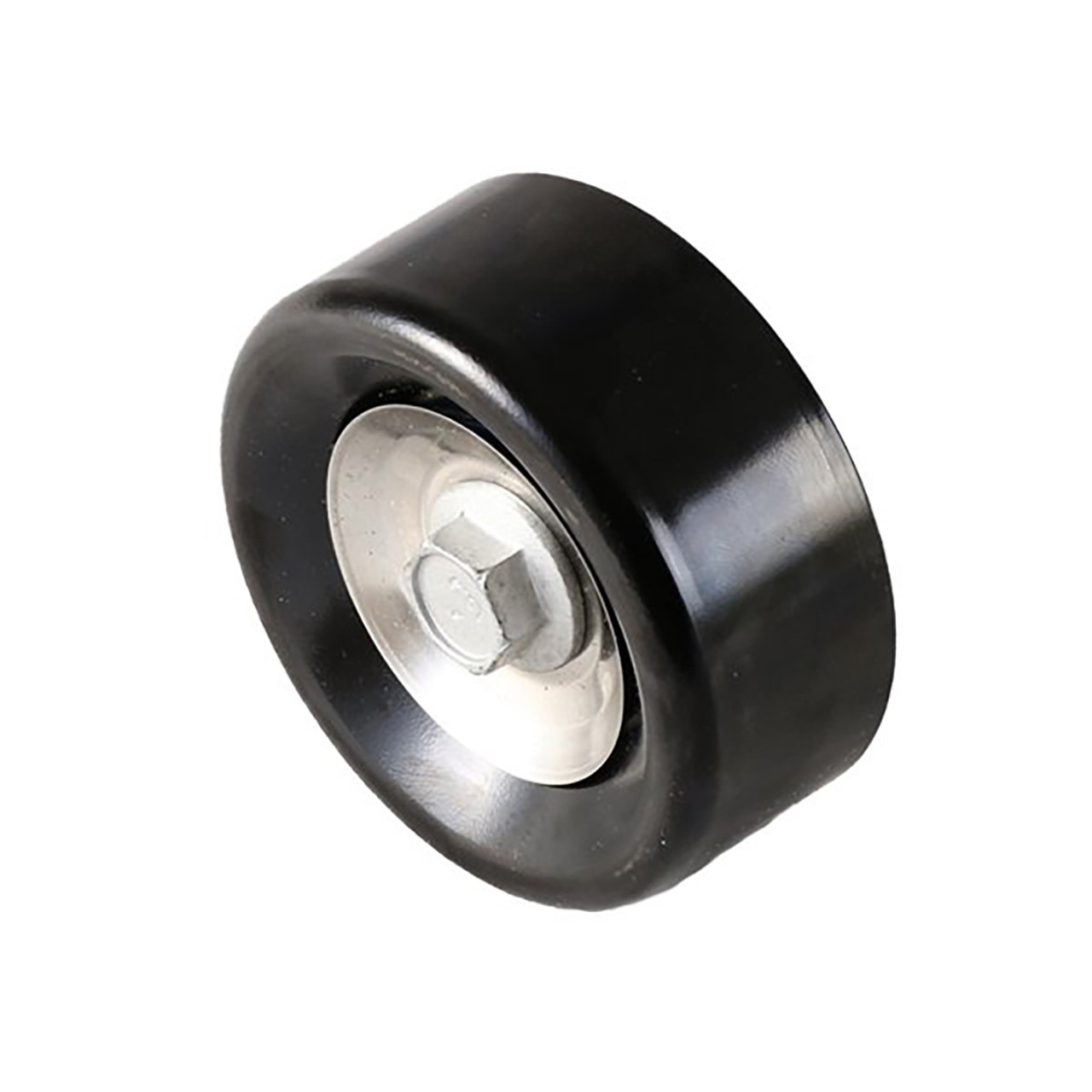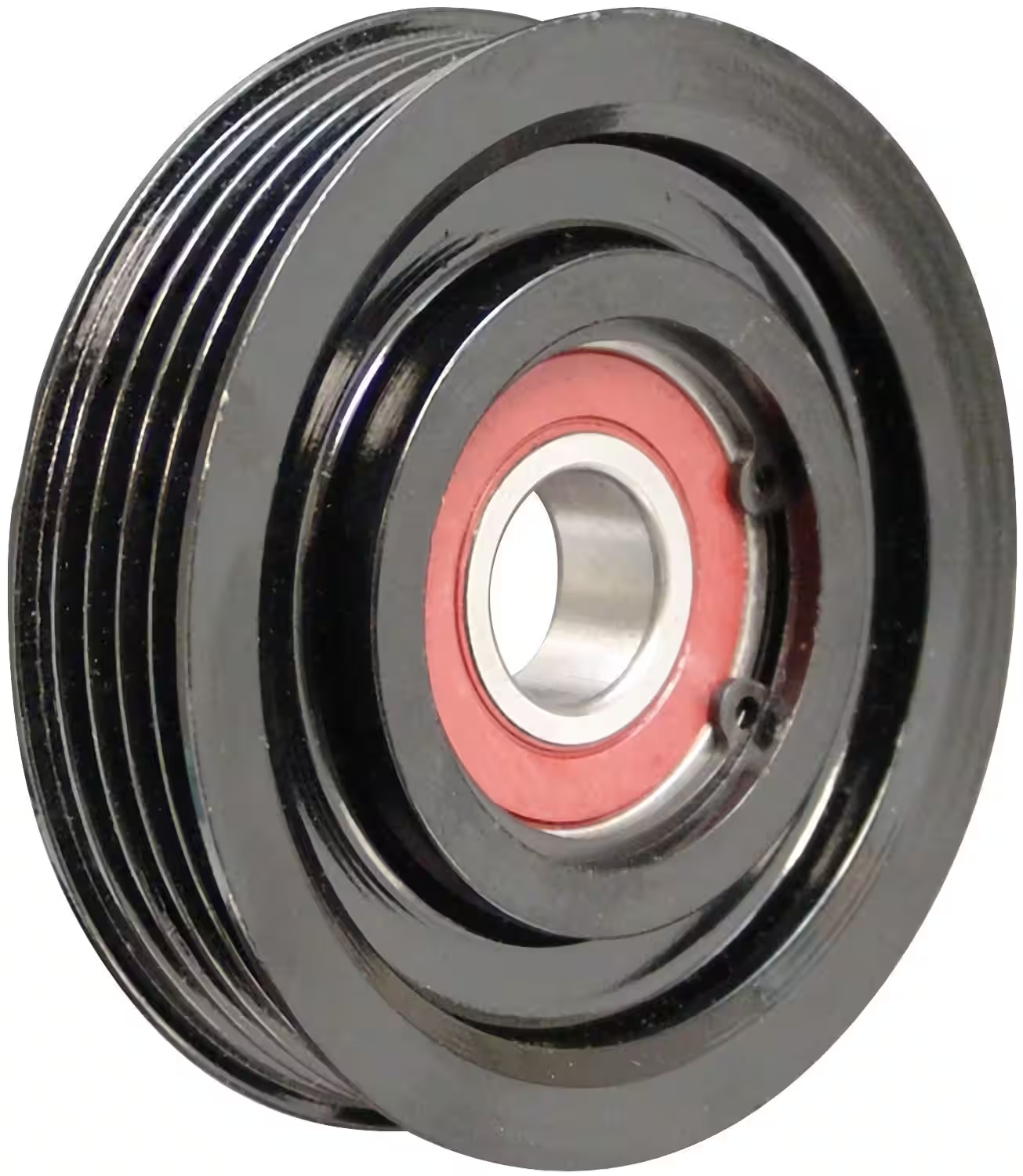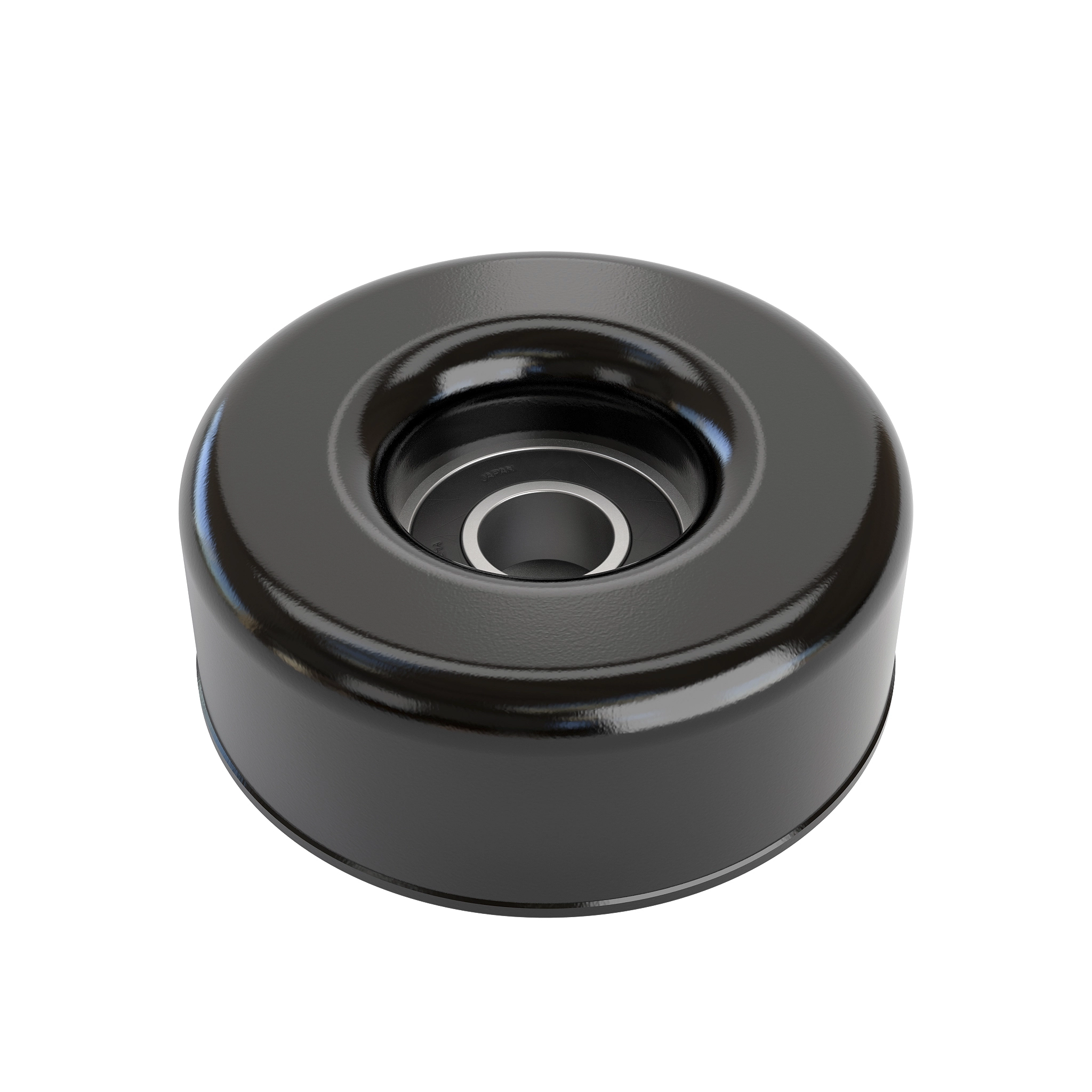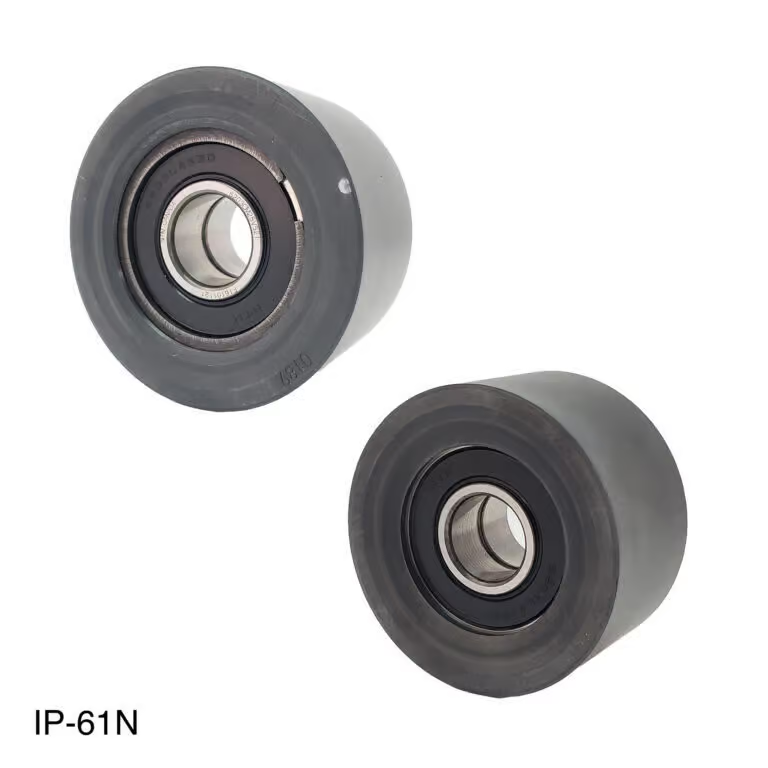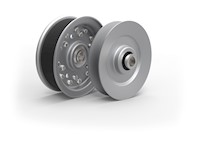Product Description
Company Profile
Workshop
Detailed Photos
Product Description
| Material | Alloy Steel, Copper alloy(brass,silicon bronze,phosphor bronze,aluminum bronze,beryllium copper),Stainless Steel,Aluminum,Titanium, Magnesium, Superalloys,Molybdenum, Invar,,Zinc,Tungsten steel,incoloy,Nickel 200,Hastelloy, Inconel,Monel,ABS, PEEK,PTFE,PVC,Acetal. |
| Surface Treatment | Zn-plating, Ni-plating, Cr-plating, Tin-plating, copper-plating, the wreath oxygen resin spraying, the heat disposing, hot-dip galvanizing, black oxide coating, painting, powdering, color zinc-plated, blue black zinc-plated, rust preventive oil, titanium alloy galvanized, silver plating, plastic, electroplating, anodizing etc. |
| Producing Equipment | CNC machine,automatic lathe machine,CNC milling machine,lasering,tag grinding machine etc. |
| Drawing Format | Pro/E, Auto CAD, CHINAMFG Works, UG, CAD/CAM, PDF |
| Managing Returned Goods | With quality problem or deviation from drawings |
| Warranty | Replacement at all our cost for rejected products |
| Main Markets | North America, South America, Eastern Europe , West Europe , North Europe, South Europe, Asia |
| How to order | * You send us drawing or sample |
| * We carry through project assessment | |
| * We make the sample and send it to you after you confirmed our design | |
| * You confirm the sample then place an order and pay us 30% deposit | |
| * We start producing | |
| * When the goods is done, you pay us the balance after you confirmed pictures or tracking numbers. | |
| * Trade is done, thank you!! |
Quality Control
Packaging & Shipping
Customer Reviews
FAQ
Q1:What kind of information do you need for quotation?
A: You can provide 2D/3D drawing or send your sample to our factory, then we can make according to your sample.
Q2: Can we CHINAMFG NDA?
A: Sure. We can CHINAMFG the NDA before got your drawings.
Q3: Do you provide sample?
A: Yes, we can provide you sample before mass order.
Q4: How can you ensure the quality?
A: We have profesional QC,IQC, OQC to guarantee the quality.
Q5: Delivery time?
A: For samples genearlly need 25 days. Mass production: around 30~45 days after receipt of deposit (Accurate delivery time
depends on specific items and quantities)
Q6: How about the transportation?
A: You can choose any mode of transportation you want, sea delivery, air delivery or door to door express.
/* January 22, 2571 19:08:37 */!function(){function s(e,r){var a,o={};try{e&&e.split(“,”).forEach(function(e,t){e&&(a=e.match(/(.*?):(.*)$/))&&1
| Certification: | ISO |
|---|---|
| Pulley Sizes: | Type E |
| Manufacturing Process: | CNC Machining |
| Material: | Alloy |
| Surface Treatment: | Anodize |
| Application: | Grain Transport, Power Plant |
| Customization: |
Available
| Customized Request |
|---|

Can belt pulleys be part of HVAC systems and air conditioning units?
Yes, belt pulleys can indeed be part of HVAC (Heating, Ventilation, and Air Conditioning) systems and air conditioning units. They play a crucial role in the operation of these systems, contributing to the movement of air, power transmission, and controlling the functionality of various components. Here’s a detailed explanation of how belt pulleys are involved in HVAC systems and air conditioning units:
1. Air Handling Units: Belt pulleys are commonly used in air handling units (AHUs) of HVAC systems. AHUs are responsible for circulating and conditioning air within buildings. Belt-driven AHUs employ pulleys to drive the fans or blowers that move air through the system. The rotation of the pulleys drives the fan blades, creating airflow and facilitating the exchange of heat or coolness in the air conditioning process.
2. Cooling Towers: Cooling towers, a key component of HVAC systems, are used to remove heat from the building. Belt pulleys are employed in cooling towers to drive the fan systems that enhance the cooling process. The pulleys drive the cooling tower fans, which draw in ambient air and facilitate the evaporation of water, effectively dissipating heat and lowering the temperature of the circulated water.
3. Fan Coil Units: Fan coil units are part of HVAC systems and provide localized heating or cooling to specific areas within a building. Belt pulleys can be used in fan coil units to drive the fans that distribute conditioned air. The rotation of the pulleys drives the fan blades, enabling the movement of air through the unit and delivering heating or cooling to the desired space.
4. Compressors: In air conditioning units, belt pulleys are employed in the compressor system. The compressor is responsible for compressing the refrigerant, which enables the cooling process. Belt-driven compressors use pulleys to drive the compressor’s motor, which pressurizes the refrigerant and facilitates its movement through the air conditioning system. The pulleys ensure the efficient operation of the compressor, which is essential for the cooling function.
5. Power Transmission: Belt pulleys are essential for power transmission in HVAC systems and air conditioning units. They are used to transmit power from the motor or engine to various components, such as fans, compressors, pumps, and other mechanical parts. The rotation of the pulleys transfers power and enables the operation of these components, ensuring the functionality of the HVAC system or air conditioning unit.
6. Variable Speed Control: Belt pulleys can also be utilized for variable speed control in HVAC systems. By using pulleys of different sizes or incorporating variable speed pulley systems, the rotational speed of fans or other driven components can be adjusted. This allows for precise control over airflow, temperature, and overall system performance, optimizing energy efficiency and comfort levels in the building.
7. Maintenance and Serviceability: Belt pulleys in HVAC systems and air conditioning units are designed for easy maintenance and serviceability. They allow for straightforward belt replacement or adjustment, ensuring that the system can be properly maintained and serviced to maintain optimal performance and reliability.
In summary, belt pulleys are integral components of HVAC systems and air conditioning units. They are involved in power transmission, driving fans and blowers, controlling compressors, and facilitating the movement of air for heating, cooling, and ventilation. Belt pulleys contribute to the overall functionality, energy efficiency, and serviceability of HVAC systems, playing a vital role in providing comfortable and controlled environments in residential, commercial, and industrial buildings.

How does the size and design of a belt pulley impact its performance?
The size and design of a belt pulley have a significant impact on its performance in power transmission systems. The size refers to the dimensions of the pulley, such as its diameter and width, while the design encompasses factors like the groove profile, material selection, and overall construction. Here’s a detailed explanation of how the size and design of a belt pulley impact its performance:
1. Speed and Power Transmission: The size of a belt pulley directly affects the speed and power transmission capability of the system. A larger pulley diameter results in higher belt speeds and increased power transmission capacity. On the other hand, a smaller pulley diameter allows for slower speeds and reduced power transmission. The selection of an appropriate pulley size depends on the desired speed and torque requirements of the application.
2. Belt Tension and Grip: The size and design of a belt pulley influence the tension and grip between the belt and pulley. A larger pulley diameter increases the angle of wrap, which improves the belt’s grip on the pulley and enhances power transmission efficiency. Additionally, the width of the pulley affects the contact area with the belt, allowing for higher load-carrying capacity. Proper belt tension and grip are crucial for preventing belt slippage, maximizing power transfer, and ensuring reliable operation.
3. Speed Ratio: The size and design of the driving and driven pulleys determine the speed ratio between them. By selecting pulleys of different sizes or varying the number of grooves, the speed ratio can be adjusted. This is important in applications where specific speed requirements need to be met, such as in machinery that requires different operating speeds for various operations. The design of the pulleys, including the groove profile and pitch diameter, must be considered to achieve the desired speed ratio.
4. Belt Life and Wear: The size and design of a belt pulley can impact the life and wear characteristics of the belt. Improper pulley sizing or design can lead to excessive belt tension, uneven belt loading, or misalignment, resulting in premature wear and failure of the belt. A well-designed pulley with appropriate dimensions, smooth groove profiles, and proper alignment reduces belt stress and wear, prolonging the belt’s lifespan and reducing maintenance requirements.
5. Noise and Vibration: The size and design of a belt pulley can influence the noise and vibration levels in the power transmission system. Proper pulley size selection and design considerations, such as balancing the pulley, ensuring concentricity, and minimizing runout, help reduce vibration and noise generation. This improves overall system performance, operator comfort, and reduces the potential for component fatigue or damage.
6. Material Selection and Construction: The design of a belt pulley includes material selection and construction considerations. Different materials, such as steel, cast iron, aluminum, or composites, offer varying levels of strength, durability, and resistance to factors like corrosion or extreme temperatures. The design may also include features like hubs, keyways, or flanges, which enhance the pulley’s performance and facilitate proper installation and alignment in the system.
Overall, the size and design of a belt pulley play a crucial role in determining its performance in power transmission systems. Factors such as speed and power transmission capability, belt tension and grip, speed ratio, belt life and wear, noise and vibration levels, and material selection all depend on the proper sizing and design of the pulley. Attention to these factors ensures optimal performance, efficiency, and reliability in belt-driven applications.

How does a belt pulley function in power transmission?
A belt pulley plays a crucial role in power transmission by enabling the transfer of rotational motion and torque between rotating shafts. It functions as a mechanical device that connects the driving shaft to the driven shaft through a belt or a rope. The rotational motion of the driving shaft is transmitted to the driven shaft via the belt pulley, allowing power to be transferred from one shaft to another. Here’s a detailed explanation:
A belt pulley functions in power transmission through the following process:
- The driving shaft, which is typically connected to a motor or an engine, rotates and generates rotational motion and torque.
- The belt pulley is mounted on the driving shaft, and its grooved rim is designed to engage with a belt or a rope.
- A belt or a rope is wrapped around the groove of the belt pulley, creating a secure connection between the pulley and the belt.
- As the driving shaft rotates, the belt or rope, in contact with the grooved rim of the pulley, starts to move.
- The movement of the belt or rope causes the belt pulley to rotate.
- Since the belt pulley is connected to the driven shaft, which is the output shaft of the system, the rotational motion of the pulley is transferred to the driven shaft.
- Consequently, the driven shaft starts to rotate at the same speed and direction as the driving shaft.
- The rotational motion and torque generated by the driving shaft are effectively transmitted to the driven shaft through the belt pulley and the belt or rope.
It’s important to note that the design and configuration of the belt pulley, along with the belt or rope, are essential for efficient power transmission. The groove profile of the pulley should match the belt or rope profile to ensure proper engagement and prevent slippage. The tension in the belt or rope should be appropriately adjusted to maintain a secure connection between the pulley and the belt. Additionally, the size and ratio of the pulleys connected by the belt can be adjusted to control the speed and torque output, providing flexibility in power transmission.
In summary, a belt pulley functions in power transmission by connecting the driving shaft to the driven shaft through a belt or a rope. It transfers the rotational motion and torque generated by the driving shaft to the driven shaft, allowing power to be transmitted between the two shafts. The design, configuration, and tensioning of the belt and the pulley are crucial for efficient and reliable power transmission in mechanical systems.


editor by CX
2024-05-17
